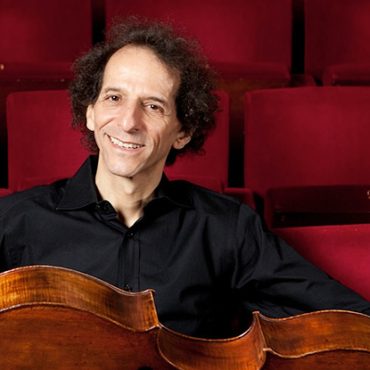
B A C H S U I T E S
Colin Carr
Bowings, beats, bass, bowings and fingerings fit together, bow distribution, bible?
Articulation and Anna Magdelena
Chords, cadences. common themes within each suite, comfort?
Harmony, harmonics?
Slurs, scales, sequences, spontaneity
Understanding direction of phrases. Up bow or down bow?
Intonation
Tension from dissonance. tempo choices, trills
Extremes?
Surprise
I was asked to choose a Bach related topic for this live Facebook chat, but I couldn’t think of just one. Instead I thought I would try to cover as many issues as I can think of, using this (gimmicky) chart as a starting point. I will talk about each of the sub-headings, and in doing so hope to answer a lot of questions before they have been asked!
I have been playing and teaching the suites all my life. There have been countless performances, single suites in recitals, three suites in a concert, and often all six in one day. So it may come as a surprise that, whilst loving this music and feeling intimately connected, I will offer the provocative and (for a cellist) heretical premise that the Bach Suites are not the deepest, most profound music that the great man wrote. Sure the 5th and 6th are more complex and substantial, but the “cello bible” notion doesn’t ring true for me. It is in fact the simplest of music that requires easy listening from its audience and easy playing from its performer. The catch is that there is a tremendous amount of hard work that must go into the easy playing. One thing is for sure: the music doesn’t play itself. It is in constant need of the imagination and vision of its player, now more than ever, without which it struggles to come to life.
Anna Magdalena Bach helps us on our way in this respect. My infatuation with AMB began long ago when I realized I was bored by my Bach playing. With AMB there is never a dull moment, she challenges us to think beyond the notes, to extend our right hand expertise, and to live in a spirit of improvisation. I will explore this more in the chat when discussing use of the bow and many of the other topics, but I will say here that the issue of bowings is not limited to decisions of whether to play up bow or down bow, or how many notes to slur. It is much more complicated: varying the amount of bow to feel the direction of a phrase, varying the contact point as a reaction to different chords, particularly with reference to dissonance, tension and resolution, deciding in which part of the bow to play, defining the meaning of a slur (more than just the number of notes in a bow), and above all, takings risks!
Comfort is another important issue. Comfort is both friend and foe. We don’t play well unless we are comfortable, but we make too many artistic sacrifices in the name of comfort. To give just one small example, the need to have every main beat begin on a down bow is very limiting. That’s the beauty of the first bar of the first prelude in AMB’s hand where the middle of the bar falls on an up bow. And from there it never ends!
Many of the topics are related and ideas about one will answer questions about another. I hope you enjoy it as much as I’ve enjoyed thinking about it.
Subjects: Baroque, Repertoire
Tags: Bach Suites, cello, cellobello, CelloBlog, Colin Carr
